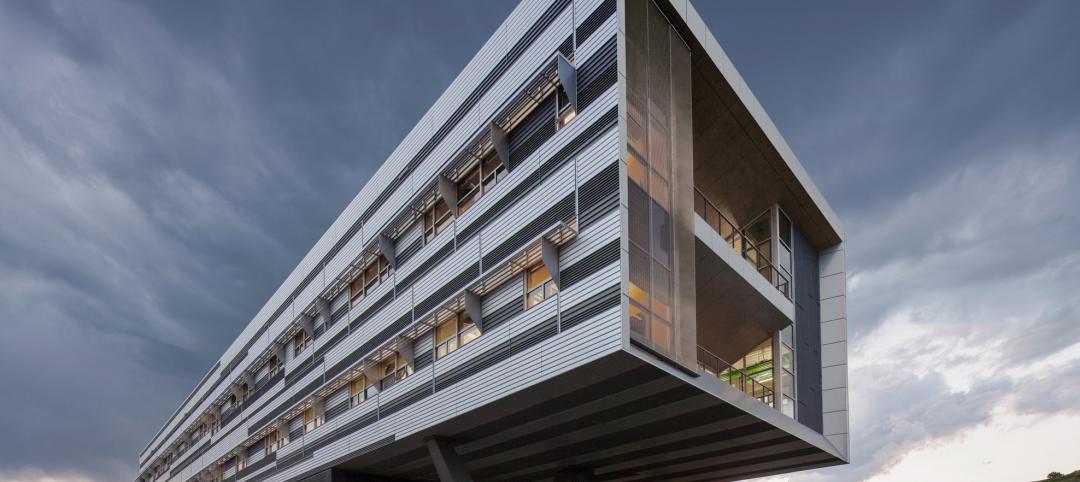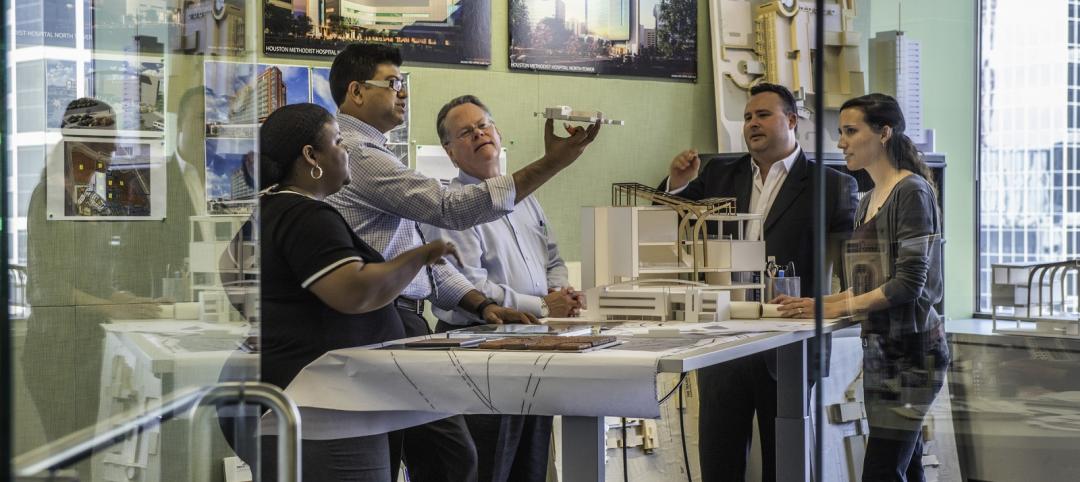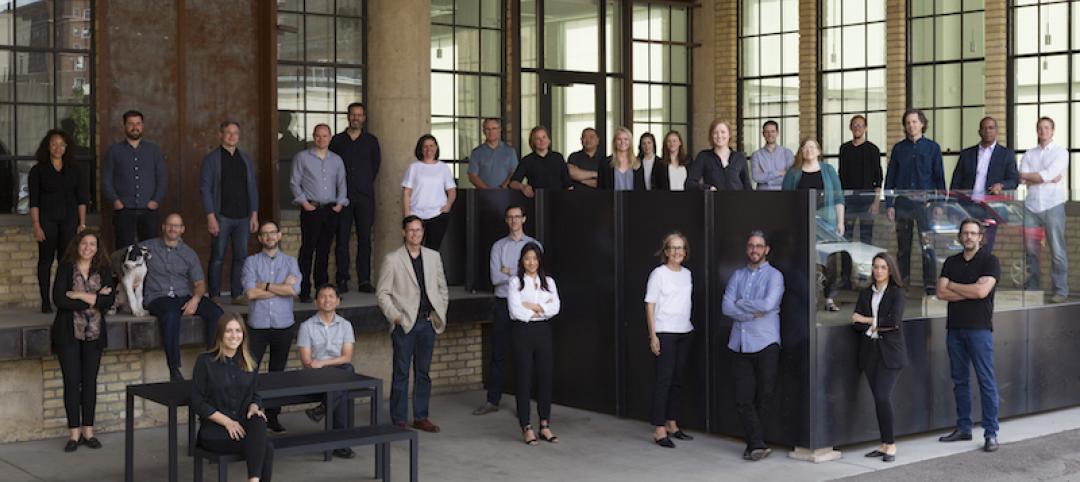JLG Architects has acquired Minneapolis, Minn.-based Studio Five Architects (SFA), one of the North Star State's oldest woman-owned architecture firms.
SFA was led by Linda McCracken-Hunt, FAIA. After 13 years at the University of Minnesota, and after serving as University Architect from 1991 to 1998, McCracken-Hunt became a partner at SFA in 1998. She will join JLG’s staff.
Founded in 1987, SFA has worked on numerous high-profile projects over the years, including the University of Minnesota Health Clinics and Surgery Center in Minneapolis, and the expansion to Regions Hospital in St. Paul. SFA also worked with HKS to design U.S. Bank Stadium, the Minnesota Vikings’ new NFL stadium in Minneapolis.
JLG has 10 offices across Minnesota, South Dakota, and North Dakota. The firm was founded in 1989, and it currently has more than 100 employees. JLG has an extensive portfolio, including aviation, healthcare, higher education, and sports facilities.
“It is JLG’s mix of innovative design excellence, their deep commitment to doing what’s right while staying on budget, and an unbeatable firm culture that makes this acquisition so ideal and ensures that we will continue to elevate our services for decades to come,” McCracken-Hunt said in a statement.
Related Stories
Market Data | Dec 20, 2017
Architecture billings upturn shows broad strength
The American Institute of Architects (AIA) reported the November ABI score was 55.0, up from a score of 51.7 in the previous month.
Public Health Labs | Dec 19, 2017
10 takeaways from SmithGroup’s ‘lab of the future’ initiative
The LAB2050 initiative digs into the scientific trends, technologies, and economics that will shape tomorrow’s research laboratory environments.
Office Buildings | Dec 19, 2017
How do we measure human performance, and what does it mean for the workplace?
There are many new tools and methods that are beginning to look more comprehensively to evaluate organizational well-being.
Sports and Recreational Facilities | Dec 18, 2017
Canada’s newest funicular makes Edmonton’s largest green space more accessible
The incline elevator is located in downtown Edmonton and was publicly funded.
Sponsored | Building Team | Dec 12, 2017
3 tips to address the top causes of budget overruns
The most cited issues are communication breakdowns, inadequate fees for the work provided, and unrealistic deadlines or schedules.
Multifamily Housing | Dec 12, 2017
Call for technical experts: Dog wash station design
The editors of Multifamily Design + Construction magazine need your expertise.
Government Buildings | Dec 11, 2017
Is this the world’s most humane prison?
The C.F. Møller-designed prison’s architecture supports the inmates’ and staff’s mental and physical well-being.
Architects | Dec 7, 2017
Snow Kreilich Architects receives the 2018 AIA Architecture Firm Award
Julie Snow, FAIA, founded the firm in Minneapolis in 1995, and later was joined by partner Matt Kreilich, AIA.
Architects | Dec 7, 2017
2018 AIA Gold Medal awarded to James Stewart Polshek
In 1963 Polshek started his first architecture firm, James Stewart Polshek Architect.
Architects | Dec 4, 2017
Architects to Congress: ‘You're making a terrible mistake’
House and Senate gut historic building credits and penalize architecture firms.

















